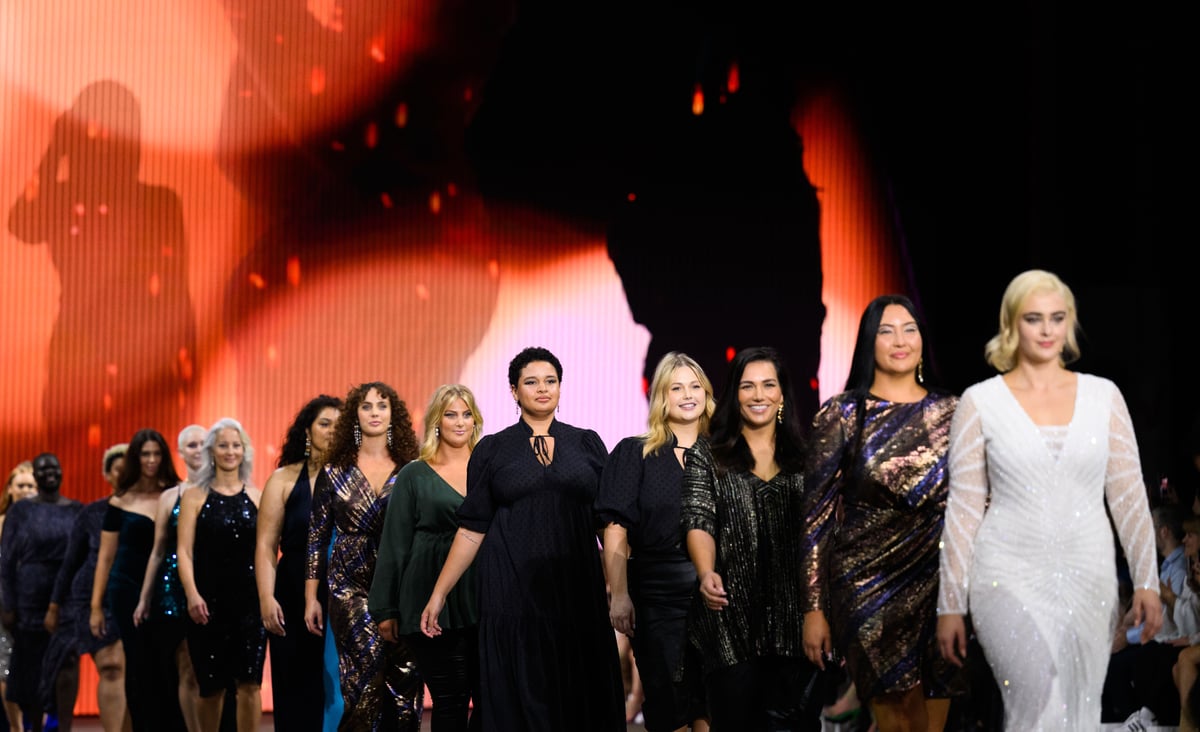
Flower-adorned bucket hats upturned at the front, 50 cent mixed lolly bags from the local milk bar, diaries with a lock and key, and low-slung cargo pants - the more zips, the better.
Yep, the late-90s and early-2000s were a mish-mash of… everything.
For adolescent me, it was squabbling with friends over which Spice Girl we were going to be (Ginger, of course!, says me: the brunette).
It was Saturday mornings spent in PJs around the TV, counting down the top 10 with Video Hits and shhhh! Shania Twain is onnnn!!
And it was trying to decide whether to watch Notting Hill or My Best Friend’s Wedding. Again.
Watch: How to improve your daughter's body image. Article continues after video.
But there was also a less innocent side to what seemed like an era that was simpler. And it was celebrated in all of the popular culture we consumed - on runways, and red carpets, and TV shows, and movies, and billboards, and magazines.
It was Paris Hilton’s hip bones, and Britney Spears’ abs, and Jennifer Aniston's taut backside… and Kate Moss.





























































































